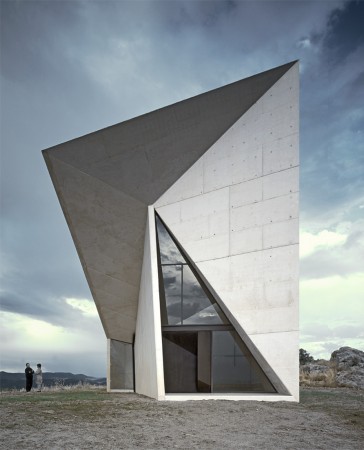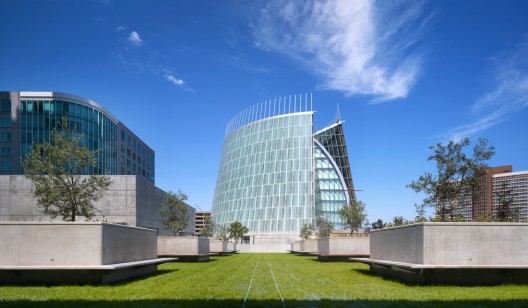ArchDaily's Easter Feast
/To celebrate Easter, the website ArchDaily ("the world's most visited architecture website") published three regional round-ups of churches. Ten of the fifteen featured buildings are chapels, a fact that reflects a prevalent bias in architecture for chapels over churches. As I have previously discussed, the reasons for this are many, starting with the fact that chapels tend to be much more expressive, moving, photogenic, and ripe for architectural inspiration. This in turn results from the oft-underestimated difference in programs. The church has far more constraints placed upon by its liturgical, ecclesial, and communal requirements, whereas a chapel is closer to the condition of "pure architecture" or architecture approaching art, driven exclusively by formal experiments in inspiring spiritual/emotional/sentimental reactions. Private chapels also have fewer constituents; they are generally funded by individuals or smaller groups As such they are much more a direct reflection of individualism from the patron(s) and the designer(s). (The exception to this is the campus chapel, which may have far more challenges than a typical parish church.)
Are parish churches disappointing failures if they do not, by formal/artistic architectural standards alone, measure up to the purity and expressivity of these chapels? There are, of course, parish churches apparently more driven by form; one such appears in one of these AD round-ups: Meier's Dio Padre Misericordioso, Tor Tre Teste. And these are far more interesting problem. Does a church like Meier's design achieve its artistic and spiritual aspects in addition to or in spite of the practical and religious? Does a church need to have merit within a design culture that so greatly values individual achievement and innovation for its own sake?
A chapel is much more about its psychological or phenomenological impact, whereas I propose that a parish church should be fundamentally ontological. (Though what exactly that means, what it looks like, and how it is achieved need to be established.) Consider the analogous distinction between private devotion and public service; both are necessary, each in their place. There is a place in a church for devotional images or shrines, but that place is not in the primary focus, just as the various flavors of spirituality supplement and inform the centrality of the liturgy.
Thus the celebrated qualities of the chapels profiled on the following pages should be considered desirable but insufficient to make a fully worthy church. And our greatest task is to have both.
AD Round Up Easter Special: Churches in Latin America



